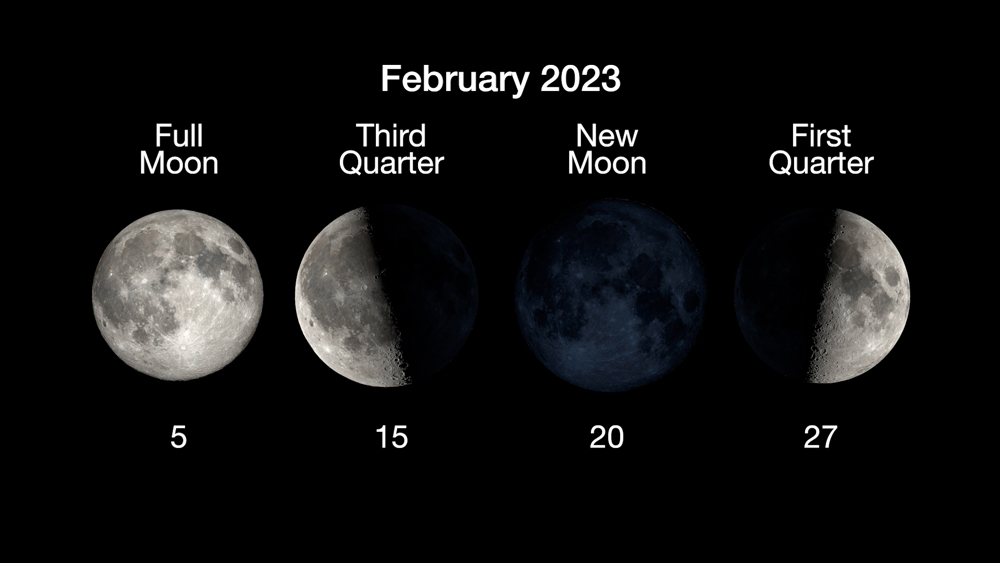ANYONE who looked up to the skies on Sunday might have noticed a very bright – and full – moon.
That’s because it was the beginning of the Snow Moon, with the sun being ‘opposite’ the moon until Tuesday, creating a full moon.
The name the Snow Moon comes from The Maine Farmers’ Almanac, which began publishing ‘Indian’ names for full moons in the 1930s.
According to the almanac, tribes of the north-eastern United States called the February full moon the Snow Moon, or the Storm Moon, because of the heavy snows in this season.
“Bad weather and heavy snowstorms made hunting difficult, so this moon was also called the Hunger Moon,” a NASA spokesperson said.
“Some sources list the Wolf Moon as an old European name for this full moon,” they added.
“Another European name is the Candles Moon, tied to Candlemas, on February 2.
“Many lunar and lunisolar calendars start the months on the new moon, and the full moon is the middle of the month.”
NASA experts say the moon will be full until Tuesday night.
Meanwhile, they said elsewhere stargazers will also be able to see three of the five visible planets. They are Mars, Jupiter and Venus.
“The bright object appearing closest to overhead will be Mars, with the bright star Capella a close second,” said a NASA expert.
“As this lunar cycle progresses, Jupiter, Mars, and the background of stars will appear to shift westward each evening (as the Earth moves around the Sun), while bright Venus will move slowly the other direction, shifting towards Jupiter until they pass each other just half a degree apart on March 1.
“On February 6, the bright star Regulus will be 5 degrees to the right of the still full Moon near the east-northeastern horizon.
“The waxing Moon will appear near Venus on February 21, Jupiter on February 22, the Pleiades star cluster on February 26, Mars on February 27, Pollux on March 2, and Regulus on March 5.”









Leave a Reply